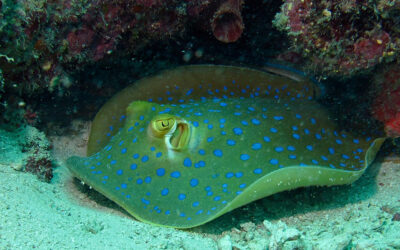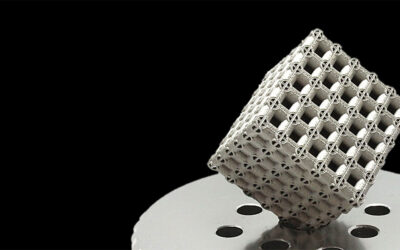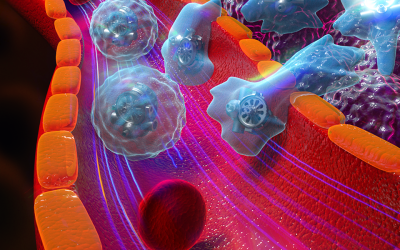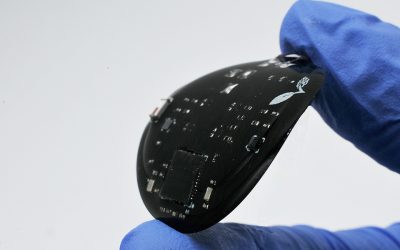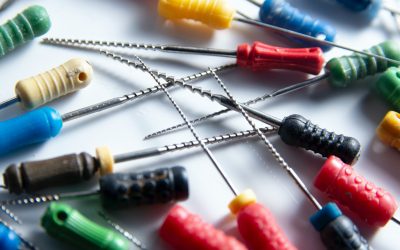On the 25th and 26th of April 2013 the Technische Universität Dresden celebrated the official opening of a new analytics center – the Dresden Center for Nanoanalysis (DCN). The DCN was founded by TU Dresden together with the Cluster of Excellence “Center for Advancing Electronics Dresden” (cfaed) within the framework of the excellence initiative of the German federal and state governments. It will function as a technology platform where scientists will be able to undertake their research within an international state-of-the-art center. Furthermore, the DCN will provide a service for university and external partners to use synergies by the common use of expensive tools. Professor Ehrenfried Zschech, scientific coordinator of the new center, has said that his goal is to develop the DCN to an internationally renowned center of competence in the area of in-situ materials analytics as well as a European user center.
The official opening included the first Dresden Nanoanalysis Symposium, which was organized jointly by TU Dresden and the Dresden Fraunhofer Cluster Nanoanalysis (DFCNA). It hosted more than 120 well-known national and international guests from universities, research institutions and companies.
The highlight of the two-day event was a lecture by Serge Haroche, Nobel Prize Laureate in Physics 2012, titled “Particle Control in a Quantum World“. Professor Haroche joined the celebrations from Paris and compared the concept of the new nanoanalysis center to playing with lego bricks – a change of perspectives from above into detail: “To simulate the coaction of all atoms in an iPhone would be beyond the capability of all processors”, he mentioned as an example. “Ten atoms are the maximum there”. However, if single atoms and nanostructures and their changes over time could be monitored, it would lead to new findings about new materials.
The main competence of the DCN lies within the development of analytical methods to capture kinetic processes at the nanoscale. For this, state-of-the-art electron-, ion- and x-ray microscopes as well as micromanipulators will be installed which will not only make micro- and nanostructure visible but also to change these structures in such a way that their aging can be described, for example. Working closely together, scientists, engineers and technician of the Cluster of Excellence cfaed and DCN researchers will follow innovative questions to develop microelectronics further. Research on chips with brand-new functional processes and high reliability demands high-capacity analysis, such as the DCN will offer. New analytical methods, which will be developed in the new analytics center of TU Dresden, will be used by scientists and engineers but also in the areas of material sciences and thin layer and nanotechnology. Examples are the investigation of nanostructures within materials for energy management and light-weight construction. For this, the DCN works closely together with the Dresden Fraunhofer Nanoanalysis Cluster as well as high-tech companies.
A special issue of the journal Advanced Engineering Materials is also planned in cooperation with Professor Zschech to mark the opening of the centre.
Source: TU Dresden











